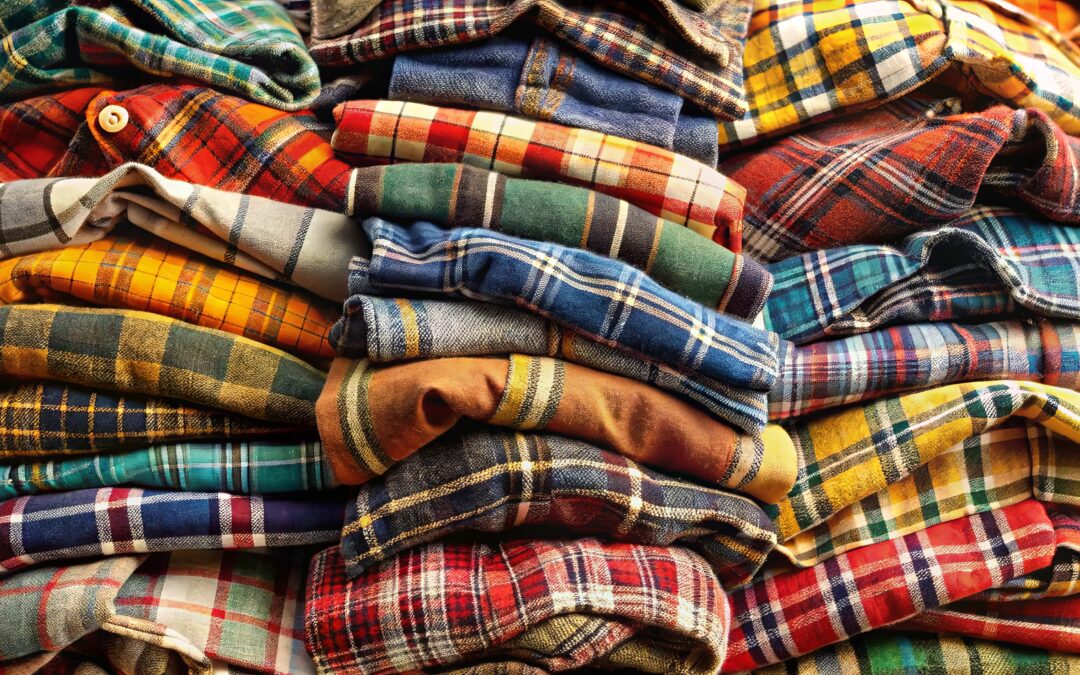Flannel originated in 17th-century Wales, where it was crafted by textile workers from leftover wool to create a warm, soft, and moisture-wicking fabric. The chilly, damp climate of Wales made warmth essential, and local workers found that weaving wool into a loosely woven, brushed fabric produced an exceptionally cozy and durable material. Flannel quickly became popular among farmers and laborers who needed protection from the harsh weather, and its gentle texture was well-suited for long, outdoor days.
Welsh flannel production made the most of the region’s abundant sheep wool, which was readily available and well-suited to this fabric. Woolen flannel kept moisture at bay, providing warmth even when damp, a feature highly valued in unpredictable climates. The fabric was not only functional but also easy to maintain, making it a favorite for workwear. The popularity of Welsh flannel soon spread beyond Wales, reaching other parts of the British Isles and eventually crossing into mainland Europe, where people recognized its unique qualities.
In the 19th century, with the rise of the Industrial Revolution, flannel production expanded and evolved. Mills began experimenting with other materials, such as cotton, to make flannel more affordable and versatile. This adaptation allowed flannel to reach new markets, where it became synonymous with comfort and warmth. The addition of synthetic fibers in the 20th century further broadened flannel’s appeal, making it easier to produce and offering a variety of colors, patterns, and textures, including the iconic plaid patterns we often associate with flannel today.
Flannel’s rugged yet comfortable style became iconic, especially in North America, where it became a staple among lumberjacks, farmers, and workers. By the 1990s, flannel experienced a cultural resurgence, becoming a fashion symbol of the grunge movement and representing a laid-back, practical aesthetic. Today, flannel is worn by people from all walks of life, valued as much for its comfort as for its timeless appeal.
Whether used in shirts, blankets, or outerwear, flannel remains a global symbol of warmth, durability, and style. Its journey from Welsh farms to closets worldwide showcases its adaptability and enduring appeal, as well as the creativity of textile workers who transformed wool scraps into one of the world’s most beloved fabrics.


